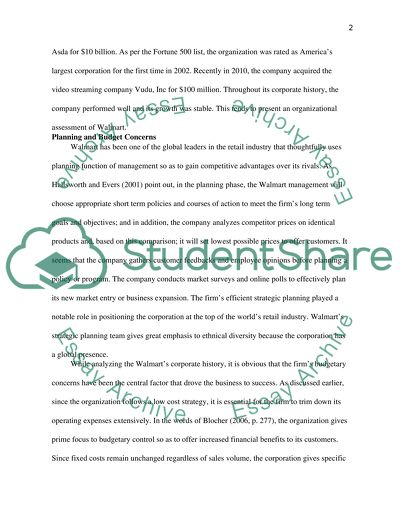Cite this document
(“Wal-Mart Corporation: Company Analysis Term Paper”, n.d.)
Retrieved from https://studentshare.org/finance-accounting/1400091-see-instruction
Retrieved from https://studentshare.org/finance-accounting/1400091-see-instruction
(Wal-Mart Corporation: Company Analysis Term Paper)
https://studentshare.org/finance-accounting/1400091-see-instruction.
https://studentshare.org/finance-accounting/1400091-see-instruction.
“Wal-Mart Corporation: Company Analysis Term Paper”, n.d. https://studentshare.org/finance-accounting/1400091-see-instruction.


